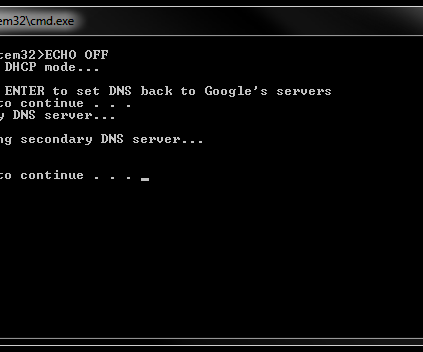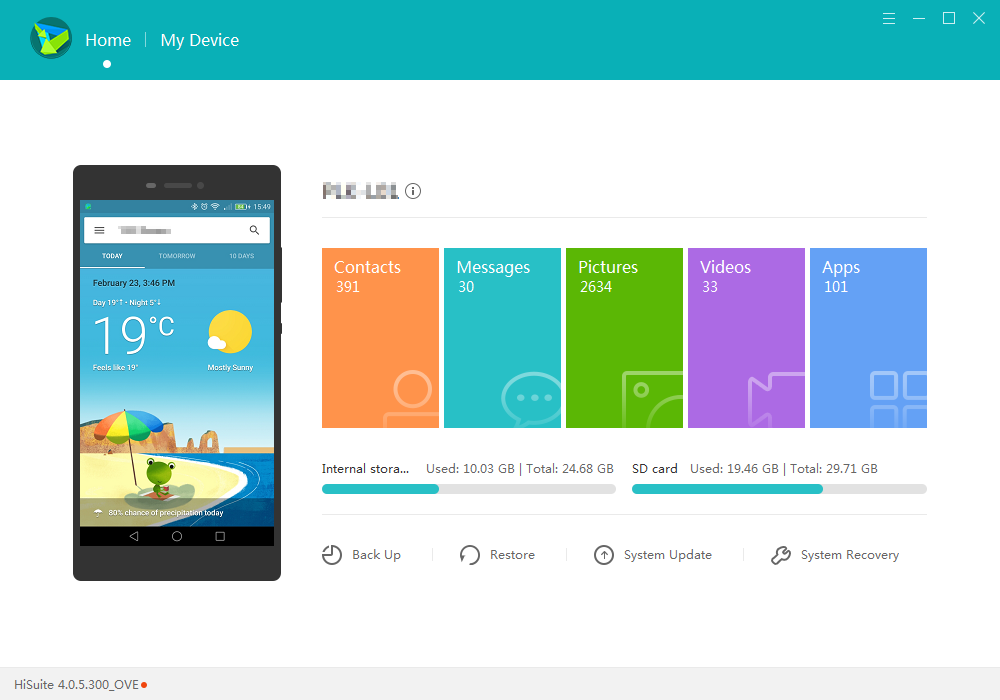

- #Freefilesync command line pause full
- #Freefilesync command line pause code
- #Freefilesync command line pause windows
ECHO Please specify an invalid IP address in an environment.ECHO This batch file needs an invalid IP address to function.:: Use PING time-outs to create the delay.PING % NonExist % -n 1 -w 100 | FIND "TTL=" > NUL.:: Note: this causes a small extra delay!.:: Filter out slashes, they make the IF command crash.:: Check if a timeout period is specified.ECHO The delay time will not be very accurate.ECHO Notes: The script uses PING for the delay, so an IP stack is required.ECHO Where: seconds is the number of seconds to wait (1.3600 ).ECHO Wait for a specified number of seconds.
#Freefilesync command line pause windows

It waits for the specified number of seconds and then exits. SLEEP was included in some of the Windows Resource Kits. This is fine for interactive use, but sometimes we just want to delay the batch file for a fixed number of seconds, without user interaction.

Well, almost any key: Ctrl, Shift, NumLock etc. This will stop execution of the batch file until someone presses "any key". The most obvious way to pause a batch file is of course the PAUSE command.
#Freefilesync command line pause code
To view the source code on its own, right-click the file name and choose Open or Open in separate tab or window. To make a batch file wait for a number of seconds thereĬlick a script file name to expand and view its source code click the file name again, or the expanded source code, to hide the source code again. VoltCraft Energy Logger 3500 Configuration.Exploring the Youless LS120 Energy Monitor.
#Freefilesync command line pause full
In my case, i am in full control of all the dirs (i am the only person writing to them and none of them are root dirs etc) so I'm pretty sure nothing else is writing to them and triggering realtime sync. I don't really mind why/when the intial sync happens (on dirs being available is fine) but subsequent syncs should only happen once a change in the dirs happens. What i would like, and expected to happen, is that the sync job would only ever begin once the host OS of realtime sync is informed of changes in any of the folders (and not changes that FFS itself has just caused). This loop never stops, so it DOES go into an endless loop! What actually happens for me is that, the sync job begins as soon as all dirs are available, and once it has finished, the delay time passes that is set in Realtime sync (10 seconds), and the sync begins again. In any case, files changed during the execution of FreeFileSync will be synchronized the next time FreeFileSync runs. This makes sure the monitored folders are not in heavy use. On the other hand, it is not likely that changes (other than those from FreeFileSync) happen in first place since RealTimeSync runs the command line only after the user-specified idle time has passed. Therefore, the RealTimeSync change detection has to be deactivated to not go into an endless loop. The command line usually starts a synchronization task using FreeFileSync which naturally leads to additional file change notifications.


 0 kommentar(er)
0 kommentar(er)
